Let's say I have this dataframe
df <- structure(list(A = c(25, 25, 25, 50, 50, 50, 100, 100, 100, 250, 250, 250),
R = c("R1", "R2", "R3", "R1", "R2", "R3", "R1", "R2", "R3", "R1", "R2", "R3"),
ACI = c(2.75769,
3.59868,
3.00425,
1.90415,
2.19912,
2.01439,
1.34013,
1.45594,
1.3738,
0.84241,
0.87391,
0.85184
),
PB = c(3.06259,
4.10288,
3.40414,
2.00337,
2.32796,
2.13138,
1.37404,
1.49467,
1.40867,
0.84817,
0.88002,
0.85838
),
NB = c(3.13425,
4.22754,
3.49041,
2.03281,
2.36812,
2.16289,
1.3858,
1.5086,
1.42187,
0.85346,
0.88572,
0.86346
),
Bca = c(2.65087,
3.3918,
2.86767,
1.89719,
2.20208,
2.00181,
1.35534,
1.49656,
1.38895,
0.85497,
0.9015,
0.86487
),
SB = c(3.33211,
4.42798,
3.73011,
2.12197,
2.48144,
2.266,
1.41635,
1.54522,
1.45326,
0.85775,
0.89055,
0.86863
),
`round(2)` = c(2, 2, 2, 2, 2, 2, 2, 2, 2, 2, 2, 2)),
class = "data.frame", row.names = c(NA, -12L))
I would like to draw a line graph with multiple X-axis values, something like a dodged bar graph, but with a line graph.
The graph should look something like this:

My attempt until now is this:
df %>%
pivot_longer(ACI:SB) %>%
mutate(across(where(is.character), as.factor)) %>%
ggplot(aes(x = R, y = value, group=name)) +
geom_line()+
facet_wrap(~A, nrow=1, strip.position="bottom")
This code is currently outputting this:

I'd greatly appreciate any help, thanks



